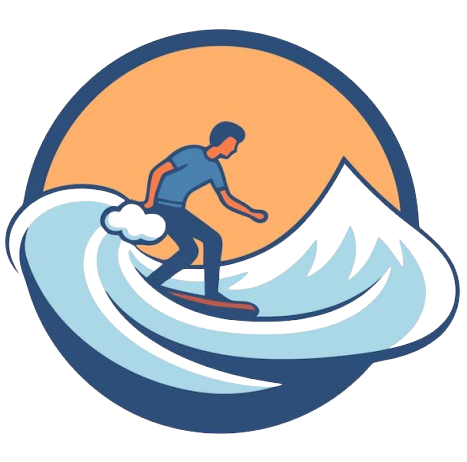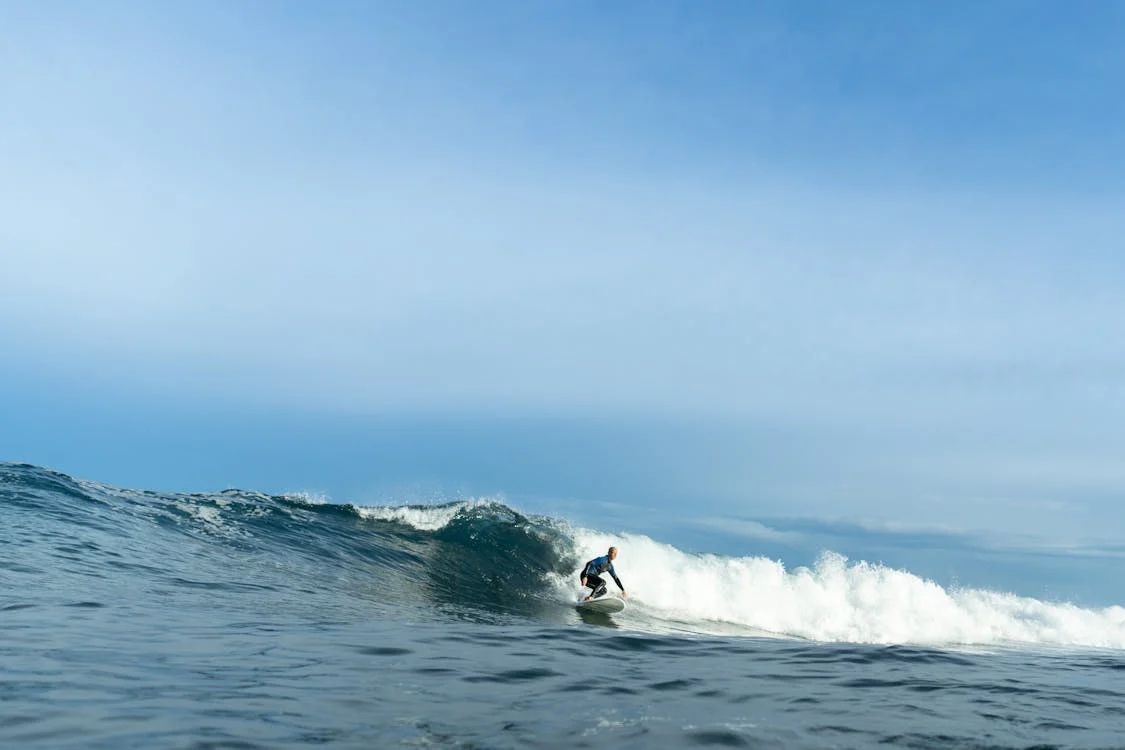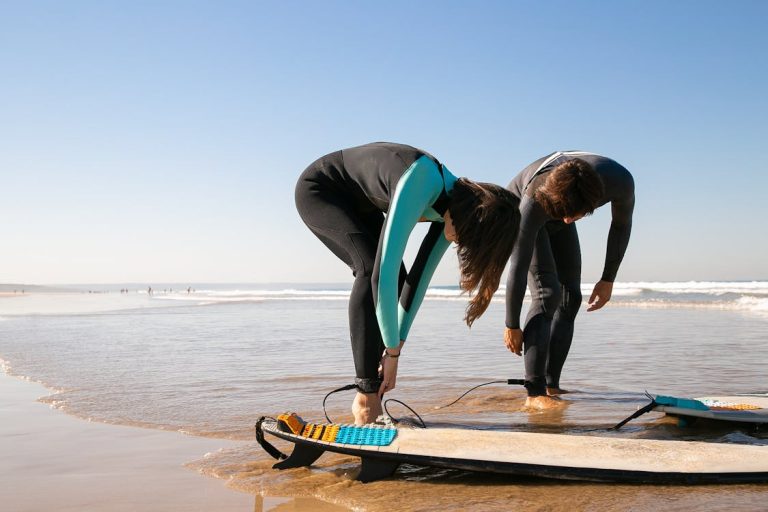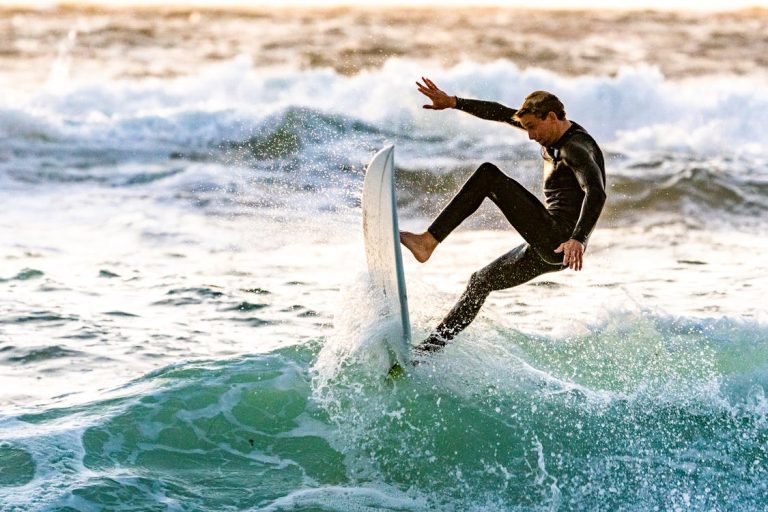START YOUR TREATMENT TODAY (3-6 PACKS BEST RELIEF)
The United States is home to some of the world’s most diverse and exciting surf spots, offering everything from mellow beach breaks to powerful reef waves. Whether you’re a beginner looking for fun, manageable waves or an experienced surfer chasing big swells, timing is everything. Each region has its prime season when conditions align to create the best surfing experience.
In this guide, we’ll break down the best times of year to surf in different parts of the U.S., helping you plan your next surf trip with confidence.
🏄♂️ West Coast (Pacific Ocean) – California, Oregon, Washington
Peak Season: Fall and Winter (September – March)
The West Coast is one of the most iconic surfing destinations in the world, with legendary spots stretching from Southern California to the Pacific Northwest.
🔹 Why Fall and Winter?
- Strong Pacific swells bring consistent waves.
- Offshore winds create clean, well-shaped waves.
- Smaller crowds compared to summer.
🔹 Best Surfing Spots:
- Southern California: Huntington Beach, Malibu, Trestles, San Onofre
- Central California: Santa Cruz, Morro Bay, Pismo Beach
- Northern California: Mavericks (for experts), Ocean Beach (San Francisco)
- Oregon & Washington: Cannon Beach, Westport
🔹 What to Expect:
- Fall offers warm air temperatures and solid swells.
- Winter delivers bigger waves, but colder water (bring a wetsuit).
- Summer has smaller, weaker waves, better for beginners.
🌊 East Coast (Atlantic Ocean) – Florida, Carolinas, New York, New Jersey
Peak Season: Late Summer to Early Winter (August – November)
The Atlantic coast might not be as famous as California, but it has incredible waves—especially when hurricane season kicks in.
🔹 Why Late Summer and Fall?
- Hurricanes and tropical storms send consistent swells.
- Warmer water makes for comfortable surf sessions.
- Winds are calmer, creating cleaner waves.
🔹 Best Surfing Spots:
- Florida: Cocoa Beach, Sebastian Inlet, New Smyrna Beach
- Outer Banks, North Carolina: Cape Hatteras, Wrightsville Beach
- Northeast: Long Beach (NY), Montauk (NY), Belmar (NJ)
🔹 What to Expect:
- August and September see the biggest swells from offshore storms.
- Winter brings powerful waves, but cold water (wetsuits required).
- Summer waves are small but great for beginners.
🌴 Hawaii – Oahu, Maui, Kauai, Big Island
Peak Season: Winter (November – March)
Hawaii is the ultimate surf destination, home to some of the most famous waves on the planet. While there are waves year-round, winter is when the magic happens.
🔹 Why Winter?
- North Pacific storms generate massive swells.
- Legendary surf breaks come alive, attracting top surfers.
- The warm water makes surfing enjoyable, even in big waves.
🔹 Best Surfing Spots:
- Oahu: North Shore (Pipeline, Sunset Beach, Waimea Bay)
- Maui: Honolua Bay, Peahi (Jaws – for experts only)
- Kauai: Hanalei Bay, Shipwrecks Beach
- Big Island: Banyans, Pine Trees
🔹 What to Expect:
- Winter swells can reach 20-30 feet at expert spots like Pipeline and Jaws.
- Summer (May – September) has smaller, friendlier waves on the south shores.
- Beginners should stick to calmer breaks like Waikiki in the summer.
🏝 Gulf Coast – Texas, Louisiana, Alabama, Florida Panhandle
Peak Season: Late Summer and Fall (July – October)
The Gulf of Mexico isn’t known for massive waves, but when the right conditions hit, it can offer some surprisingly fun surf.
🔹 Why Late Summer and Fall?
- Tropical storms and hurricanes bring the best swells.
- Warmer water makes for comfortable surfing.
- Calm winter conditions mean smaller waves.
🔹 Best Surfing Spots:
- Texas: South Padre Island, Surfside Beach
- Florida Panhandle: Pensacola Beach, Panama City Beach
- Alabama & Louisiana: Dauphin Island, Grand Isle
🔹 What to Expect:
- Hurricane swells can bring short but exciting surf windows.
- Winter has inconsistent, small waves.
- Summer is mostly flat, except during storm activity.
🌾 Great Lakes – Michigan, Wisconsin, Minnesota, New York
Peak Season: Fall and Winter (September – March)
Surfing in the Great Lakes? Yes, it’s a thing! With strong winds and cold fronts, freshwater waves can reach impressive sizes.
🔹 Why Fall and Winter?
- Stronger winds generate surfable waves.
- Less wind chop compared to summer.
- Fewer crowds for a unique surf experience.
🔹 Best Surfing Spots:
- Lake Michigan: Sheboygan (WI), Grand Haven (MI)
- Lake Superior: Stoney Point (MN)
- Lake Erie & Ontario: Buffalo (NY), Long Point (ON)
🔹 What to Expect:
- Waves can reach 6-10 feet during strong storms.
- Water temperatures drop below freezing, so wetsuits, hoods, gloves, and boots are required.
- Sessions depend on wind and storm patterns, making it unpredictable.
Final Thoughts: When Is the Best Time to Surf in the U.S.?
🌞 For warm water and friendly waves: Summer is best for beginners in California, Florida, and Hawaii.
🌊 For big swells and serious waves: Winter is ideal for experienced surfers, especially in Hawaii, California, and the East Coast.
🌪 For unpredictable but epic surf: Hurricane season (August – October) on the East Coast and Gulf Coast can produce powerful waves.
🧊 For adventurous, cold-water surfing: The Great Lakes offer a unique experience in fall and winter.
No matter where you are, there’s always a wave waiting somewhere in the U.S. The key is knowing when and where to go to catch the best conditions for your skill level.
Would you like a guide to specific surf spots or travel recommendations? 🏄♂️



